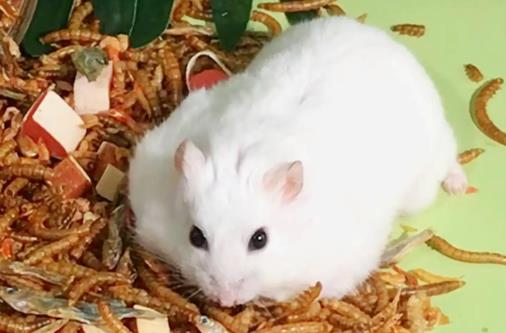Temperament and Key Care Points for Russian Dwarf Hamsters (Roborovski Hamsters)

I. Temperament Traits
Generally Docile
Adult Russian Dwarf Hamsters have low aggressiveness, with a biting probability of only about 5%—far lower than that of Syrian Hamsters.
They are quite receptive to gentle touches, but sudden grasping should be avoided.
Timid and Sensitive
Newly arrived hamsters may feel stressed in a new environment. It is recommended to provide hideouts (such as small wooden boxes or tunnels) to help them adapt.
Sudden noises or bright lights can easily trigger stress responses, so a quiet environment should be maintained.
II. Interaction Recommendations
Building Trust
In the early stage, use snacks (such as oatmeal) to guide the hamster to get used to being held. Interact with it for 5–10 minutes every day.
Observing Signals
If the hamster makes high-frequency squeaking sounds or freezes its body, stop interacting with it immediately.
III. Key Care Requirements
Cage Selection
A basic cage of 47cm or larger is recommended, paired with an exercise wheel (with a diameter of ≥20cm) to meet the hamster’s exercise needs.
Diet Management
The main food should contain 12–15% protein. A small amount of fresh vegetables (such as carrots) can be added as a supplement.
